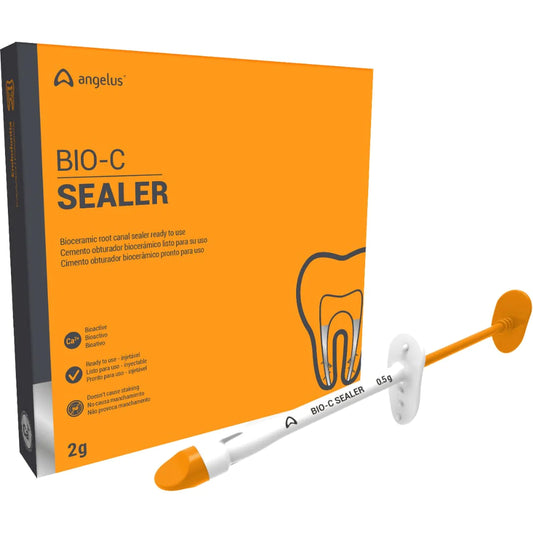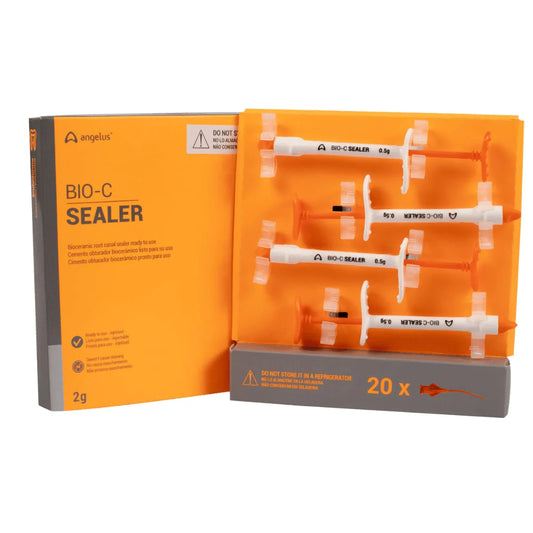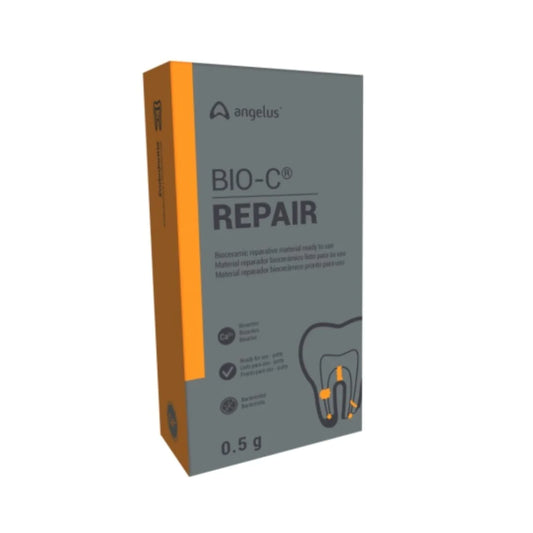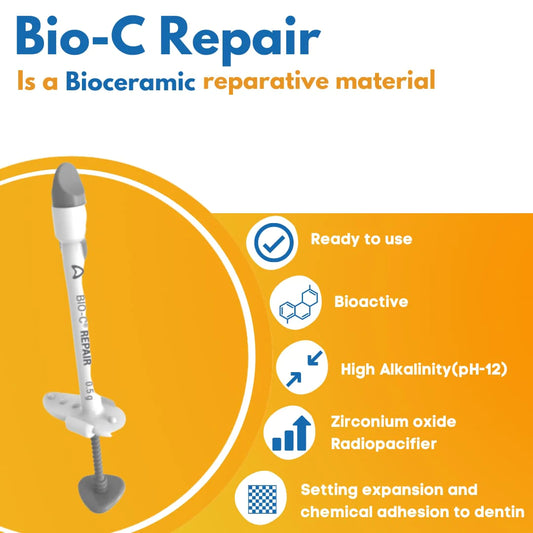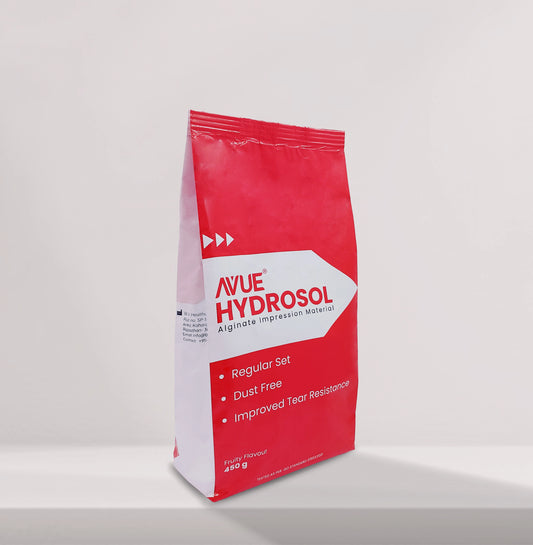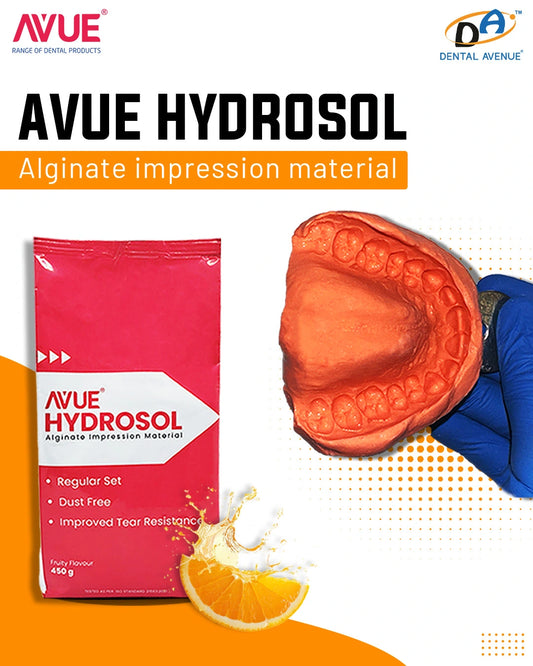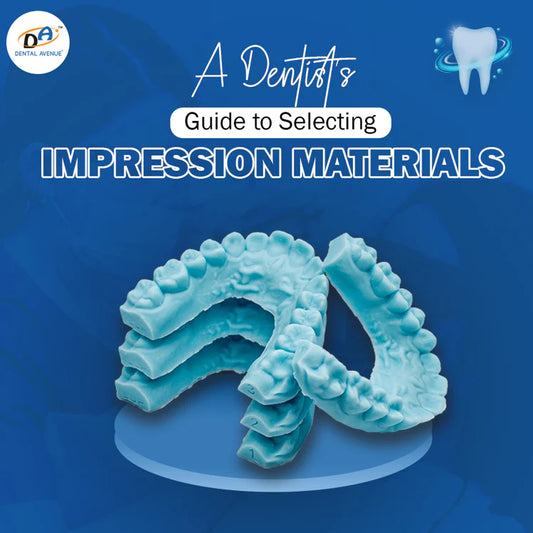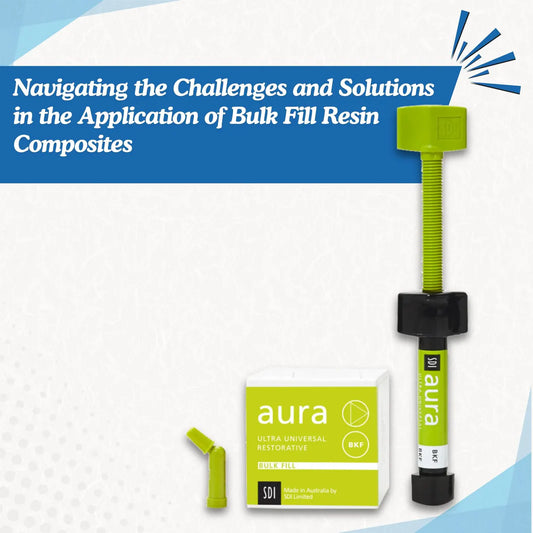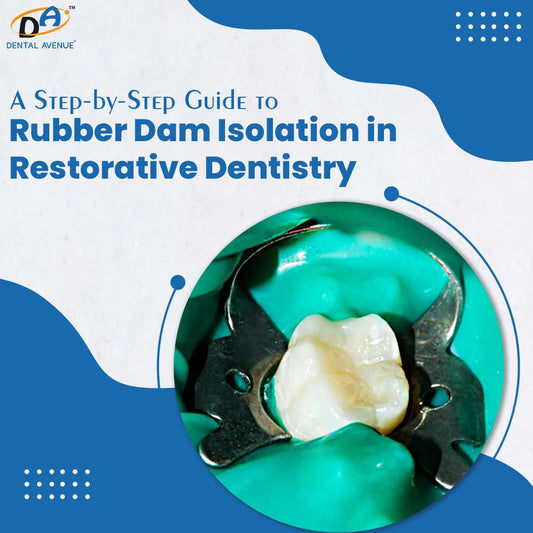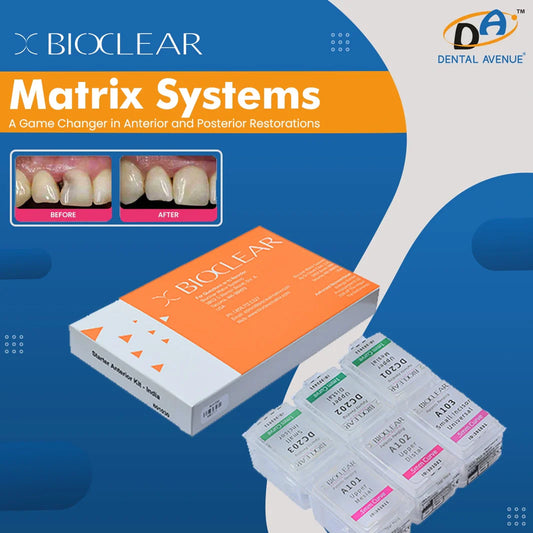Navigating the Challenges and Solutions in the Application of Bulk Fill Resin Composites
Bulk fill resin is a top choice among many dentists because it can cure deeply and comes in a universal shade that matches most teeth. This type of resin also has improved physical and mechanical properties, making it strong and long-lasting. These characteristics have made it very popular in modern dentistry.
The use of bulk fill resin composites has brought significant advancements to dental practices. Dentists can now restore teeth more efficiently and effectively. These materials have revolutionized dental procedures, allowing dentists to work faster while still achieving excellent results. Patients benefit from quicker appointments and better experiences during their dental visits.
Bulk-fill composite resins are particularly helpful in reducing chair time. They are often used for restorations in the back teeth, where the exact color match is not as critical. This efficiency not only saves time for both the dentist and the patient but also ensures reliable and durable restorations.
Challenges in the Application of Bulk Fill Resin Composites:
There are a few challenges when using bulk-fill resin composites such as-
Depth of cure:
Bulk-fill resin composites are designed to be placed in thicker layers, which can make achieving a full depth of cure challenging. Ensuring that the composite material cures completely at deeper layers is crucial for long-term restoration success.
Low MOE (Modulus Of Elasticity):
Bulk-fill composites may exhibit different mechanical properties compared to traditional composites, including variations in MOE. This can affect the material's ability to withstand occlusal forces and adapt to tooth movement, potentially impacting the restoration's durability. The low modulus of elasticity of bulk-fill resin composites has the advantage of being able to reduce the polymerization shrinkage stress within the composite, but at the same time will lead to more deformation and fatigue wear both to the restoration and the remaining tooth structure when the restoration is loaded.
Interface between the tooth and restoration:
Achieving a stable interface between the tooth structure and the bulk-fill composite is essential for preventing microleakage, recurrent decay, and restoration failure. Proper adhesion and marginal adaptation are critical factors for the success of the restoration.
Polymerization shrinkage:
Inadequate polymerization can lead to gaps, marginal discrepancies, and compromised restoration integrity over time. Techniques such as incremental layering or using specialised curing methods may be necessary to address this challenge effectively.
Innovative Solutions and Best Practices for Bulk Fill Composite:
Advanced Material Formulations: Recent advancements in bulk fill composite formulations have addressed many of the challenges associated with their application:
- Low Shrinkage Formulas: Manufacturers have developed low-shrinkage bulk fill resin composites that minimise polymerization shrinkage stress, reducing the risk of marginal gaps and improving restoration longevity.
- Increased Depth of Cure: New formulations with enhanced light activation properties ensure deeper and more uniform polymerization, even in thicker layers, improving overall restoration quality.
Optimizing Light Curing Techniques: Proper light curing is crucial for the successful application of bulk fill composites. Dentists can employ several strategies to optimize light curing:
- Incremental Layering: While bulk fill composites allow for thicker layers, incremental layering in 4-5mm increments ensures better light penetration and more complete polymerization, reducing shrinkage stress and improving marginal integrity.
- High-intensity LED Curing Lights: Investing in high-intensity LED curing lights with broad-spectrum output and adjustable power settings can enhance polymerization efficiency, especially in deeper cavities or areas with limited light access.
Addressing Aesthetic Concerns: Achieving optimal aesthetic results with bulk fill resin composites requires attention to detail and the use of advanced techniques:
- Custom Shade Matching: Utilizing digital shade-matching devices and custom shading techniques helps dentists achieve precise color matching and seamless blending with natural dentition, enhancing overall aesthetic outcomes.
- Layering Techniques: For anterior restorations requiring high aesthetics, employing layering techniques with translucent or enamel-like composite materials can create lifelike results with natural light reflection properties.
Refining Application Techniques:-Refining application techniques plays a crucial role in the success of bulk fill composite restorations:
- Proper Cavity Preparation: Thorough cavity preparation, including adequate cleaning and disinfection, proper moisture control, and conservative tooth structure preservation, lays the foundation for successful bulk fill resin composite placement.
- Adaptation and Contouring: Ensuring optimal adaptation of the composite material to cavity walls and proper contouring and polishing post-placement enhances marginal integrity, reduces the risk of voids or gaps, and improves long-term aesthetics and functionality.
Conclusion:
In conclusion, bulk-fill resin composites represent a significant advancement in modern dentistry, offering numerous benefits in terms of efficiency, durability, and patient experience. Advanced material formulations with low shrinkage formulas and increased depth of cure capabilities have solved issues related to polymerization shrinkage and marginal integrity, enhancing restoration longevity. Optimizing light curing techniques through incremental layering and high-intensity LED curing lights ensures thorough polymerization, especially in deeper cavities.
Moreover, addressing aesthetic concerns through custom shade matching, layering techniques, and meticulous application procedures enhances overall aesthetic outcomes.
Refining application techniques, including proper cavity preparation, adaptation, and contouring, is essential for achieving successful bulk-fill composite restorations with optimal functionality and longevity.
By embracing these innovative solutions and adhering to best practices, operators can harness the full potential of bulk-fill resin composites, offering patients efficient, durable, and aesthetically pleasing dental restorations while advancing the standards of modern dental care.

